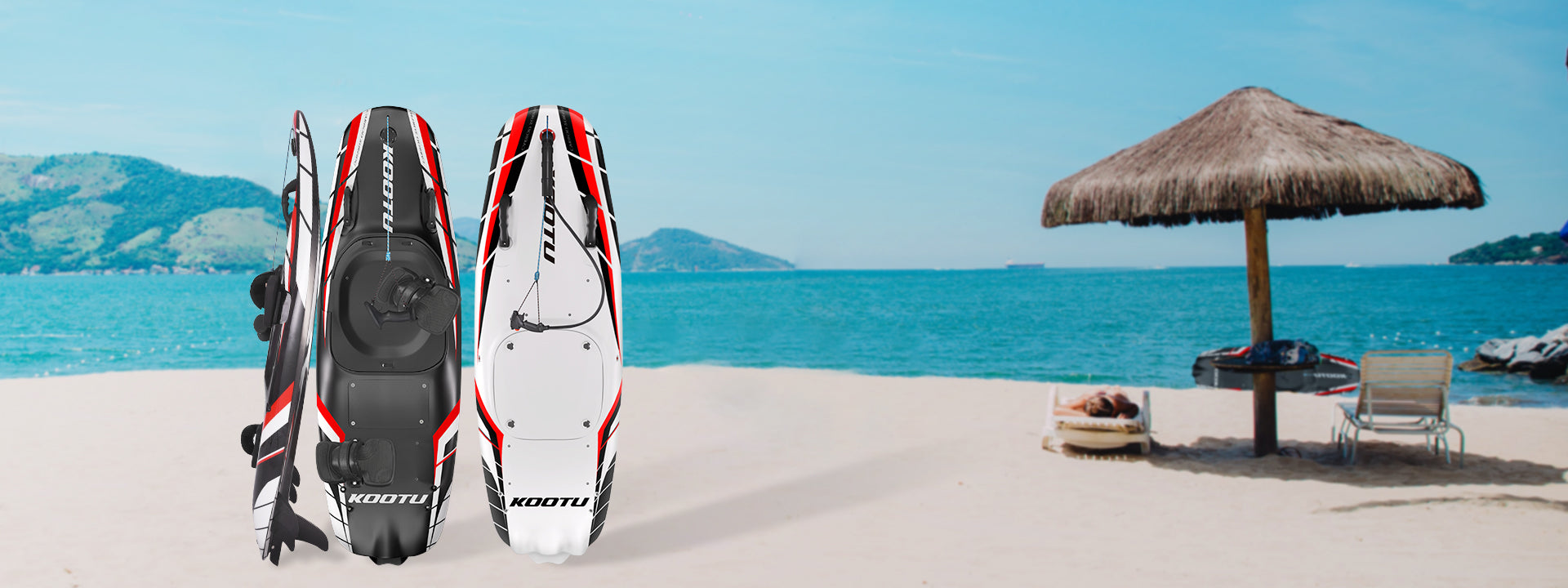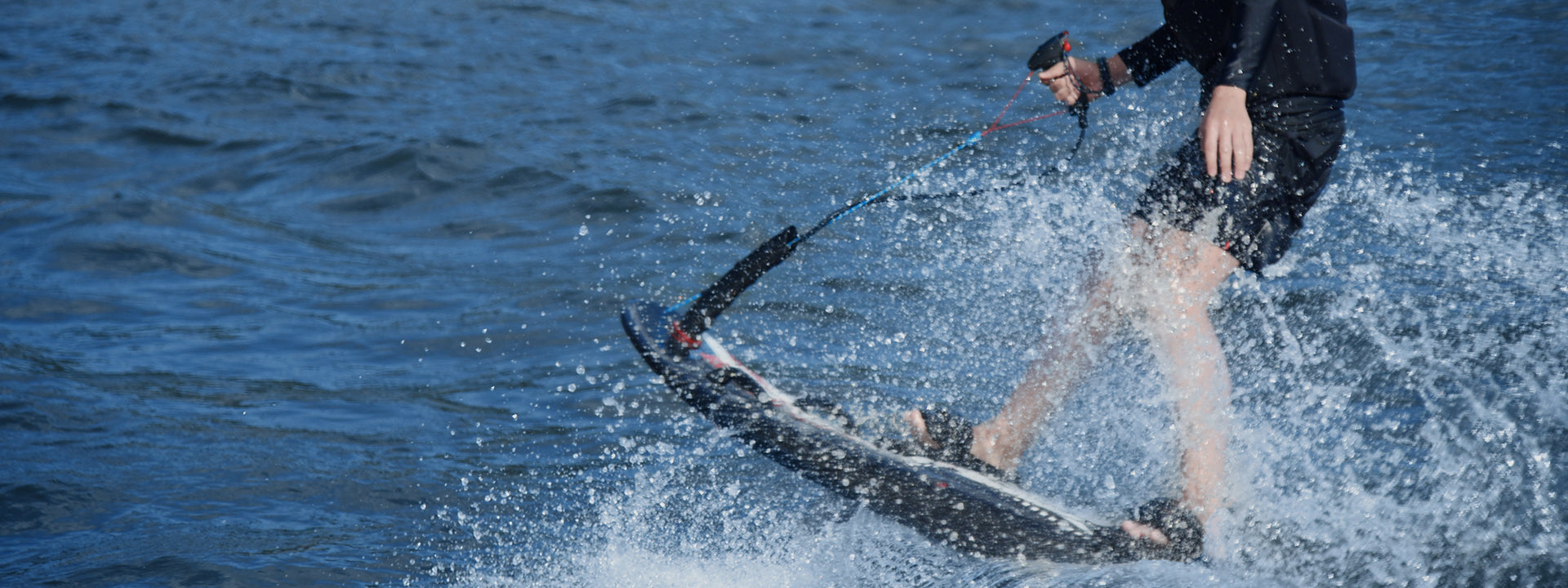Why Don’t Most Road Bike Riders Go Tubeless?
The cycling world has seen numerous technological advancements over the years, and one of the most notable in recent times is the advent of tubeless tires. While tubeless setups have become quite popular in mountain biking, their adoption in road biking is noticeably slower. This blog post explores the reasons why most road bike riders have not yet embraced tubeless tires.

1. Understanding Tubeless Tires
Before diving into the reasons, it's essential to understand what tubeless tires are. Tubeless tires, as the name suggests, operate without an inner tube. Instead, the tire creates an airtight seal with the rim, often with the help of a liquid sealant that can plug small punctures automatically. This setup is similar to the tires used in cars and motorcycles.
2. Benefits of Tubeless Tires
- Puncture Resistance: The sealant inside tubeless tires can quickly seal small punctures, reducing the risk of flats.
- Lower Rolling Resistance: Without the friction of an inner tube, tubeless tires can offer lower rolling resistance, potentially improving speed.
- Comfort and Traction: Tubeless tires can be run at lower pressures, providing better traction and a smoother ride.

3. The Road Bikers’ Reluctance
Despite these benefits, many road cyclists stick with traditional clincher or tubular setups. Here are some key reasons:
3.1. Installation Complexity
Setting up tubeless tires can be more complex than traditional tires. The process often requires:
- Compatible Rims and Tires: Not all rims and tires are tubeless-ready.
- Sealant Application: Proper application of sealant is crucial to prevent leaks.
- Air Compressor: Sometimes, an air compressor is needed to seat the tire bead correctly.
This setup can be daunting for riders who prefer the straightforward installation of clincher tires.
3.2. Maintenance Challenges
While tubeless systems can reduce the frequency of flats, they come with their own maintenance challenges:
- Sealant Top-Up: Sealant needs to be topped up periodically, usually every few months.
- Cleaning: If a tire needs to be removed, cleaning out the old sealant can be a messy task.
- Special Tools: In some cases, specific tools are required to mount or dismount tubeless tires.
3.3. Weight Considerations
Competitive road cyclists are often weight-conscious. Tubeless setups can be heavier than lightweight clincher or tubular setups, especially when considering the added weight of the sealant and the need for reinforced rims.
3.4. Cost Factor
Initial costs for tubeless setups can be higher. Tubeless-ready rims and tires, along with the necessary sealant and potentially an air compressor, represent a significant upfront investment compared to traditional setups.

4. The Future of Tubeless in Road Cycling
While adoption is currently slow, the future of tubeless in road cycling is promising. Advances in technology and increased education among cyclists could change perceptions. Some industry experts believe that as more professional cyclists and teams adopt tubeless tires, amateur cyclists will follow suit.
5. Conclusion
In summary, the slower adoption of tubeless tires among road cyclists can be attributed to the complexity of installation, maintenance challenges, weight considerations, cost factors, and performance perceptions. However, as technology advances and the cycling community becomes more accustomed to these systems, we may see a gradual shift towards tubeless setups.
For now, many road cyclists find comfort in the familiarity and reliability of traditional tires, but the potential benefits of tubeless systems make them an intriguing option for the future.













